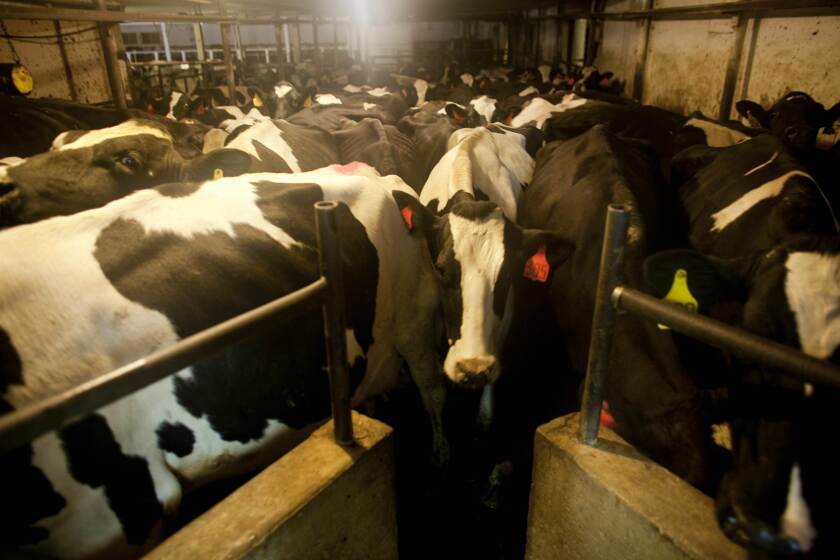Nueva medida a partir de enero de 2017.

La producción de fosfato de Holanda en 2015 fue 176,3m kg, 3,4m kg por encima de lo permitido. Las nuevas reglamentaciones ambientales de la Unión Europea implicarán reducción del número de vacas lecheras en Holanda.
Se estima que en Holanda se deberán faenar entre 60.000 y 100.000 vacas para cumplir con los límites de fosfato establecidos en las nuevas reglamentaciones, sostuvo Eamon Farrell, Ejecutivo de Alimentos Agrícolas de ICOS.
Los productores tendrán derechos de emisión de fosfato en función del número de vacas que tenían en julio de 2015. Los derechos serán comercializables entre productores de leche y habrá complementos adicionales para aquellas explotaciones extensivas en base a pasturas.
Las nuevas reglas serán obligatorias a partir del 1 de enero de 2017.
Holanda cuenta con 18.000 productores, 1,6 millones de vacas lecheras, produce 12,5 millones de toneladas al año. Dentro de la UE, Holanda fue el país que más incrementó la producción en 2015 (incremento + 6,8%, en torno a 850.000 toneladas adicionales de leche) donde el invierno suave contribuyó.
En 2016 continuará el aumento de producción aunque a menor ritmo en vistas a las nuevas regulaciones sobre el fosfato.
Fuente: Inale.